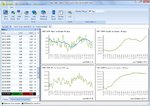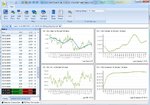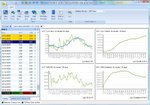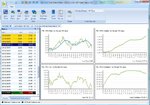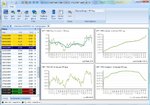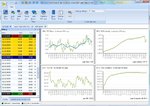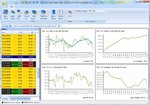the blades
Experienced member
- Messages
- 1,336
- Likes
- 275
LOL ! It isn't that there are insufficient opportunities among the shares - rather that I had already been thinking of opportunities in certain indices and commodities and was interested to know whether the software evaluates these.
I wasn't being "funny", really. I just doubt that there'll be many opportunities here. Especially when you consider the number of traders following the main movers, quickly removing any price discrepencies. As I say, it's worth a look, so good luck🙂
UTB

